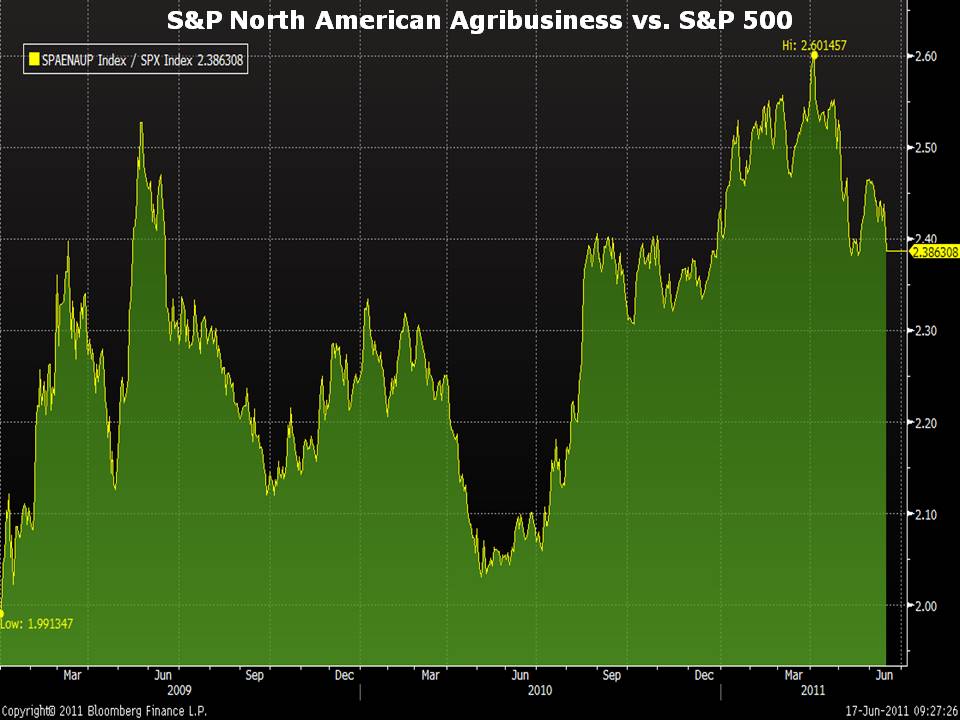You may want to start thinking and investing like a farmer. As a group, farmers’ average age continues to rise. And as their numbers decline in the coming years, the quality of our food is likely to follow suit, given the notion that more processing will pick up the slack. That’s why it’s so important to protect our heritage breeds—animals that were around when Thomas Jefferson walked the fields of Monticello.
Protecting our heritage breeds may not be something you think about every day. But those who work at the SVF Foundation in Newport, Rhode Island, do. The SVF isn’t your ordinary farm. You would never know what’s inside simply by driving by this idyllic 45-acre farm by the sea.
SVF is open to the public one day per year. I attended Visitors’ Day a couple of years ago, and again last weekend. The first clue that it isn’t your typical petting farm is that you have to wash the soles of your shoes with an antibacterial solution before entering. And once inside, you feel as if you’ve stepped back in time, much closer to the 1700s than 2011—that is, until you go inside the lab.
Away from the beautiful heritage-breed cows, chickens, and goats the lab houses cryopreserved germplasm from rare and endangered breeds of food and livestock. Why does this matter? Well, consider our source of dairy today. Ninety-three percent of it is provided by one cow, the Holstein. Imagine the impact on our food supply chain if this one breed were lost to disease. The goal of the SVF Foundation is to ensure we’ll always have the Holstein and many other breeds, by preserving the means to reawaken a breed, with its full genetic diversity, within one generation.
It would be nice to protect yourself by being your own farmer. But if you’re not farming already, you probably aren’t about to start now—at least beyond what you can bring from garden to table. And it’s costing more to keep food in the fridge—a point hit home by a CPI up 3.6% from a year ago and food prices up 0.4% during the month. So, why not invest like a farmer?
I like the idea of offsetting a portion of your grocery bill with a position in an agribusiness fund. The right amount to start with is up to you, but I’d suggest 25% of your annual grocery bill. Over a long period of time, it should help as a hedge against rising food prices. And meanwhile, we can leave the work of protecting our heritage breeds to the experts at the SVF Foundation.

